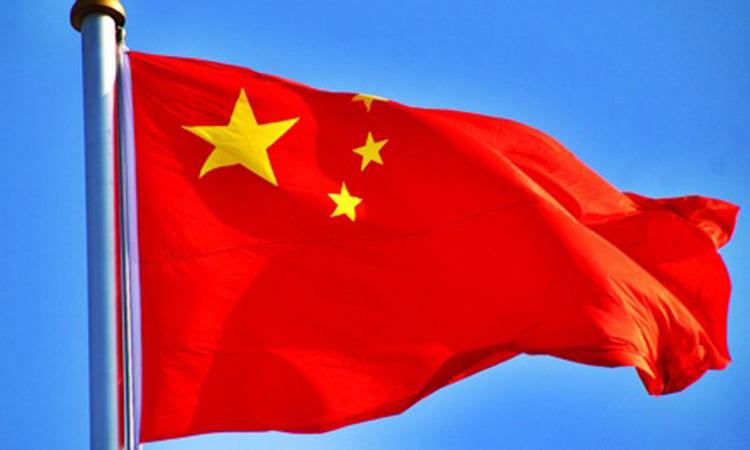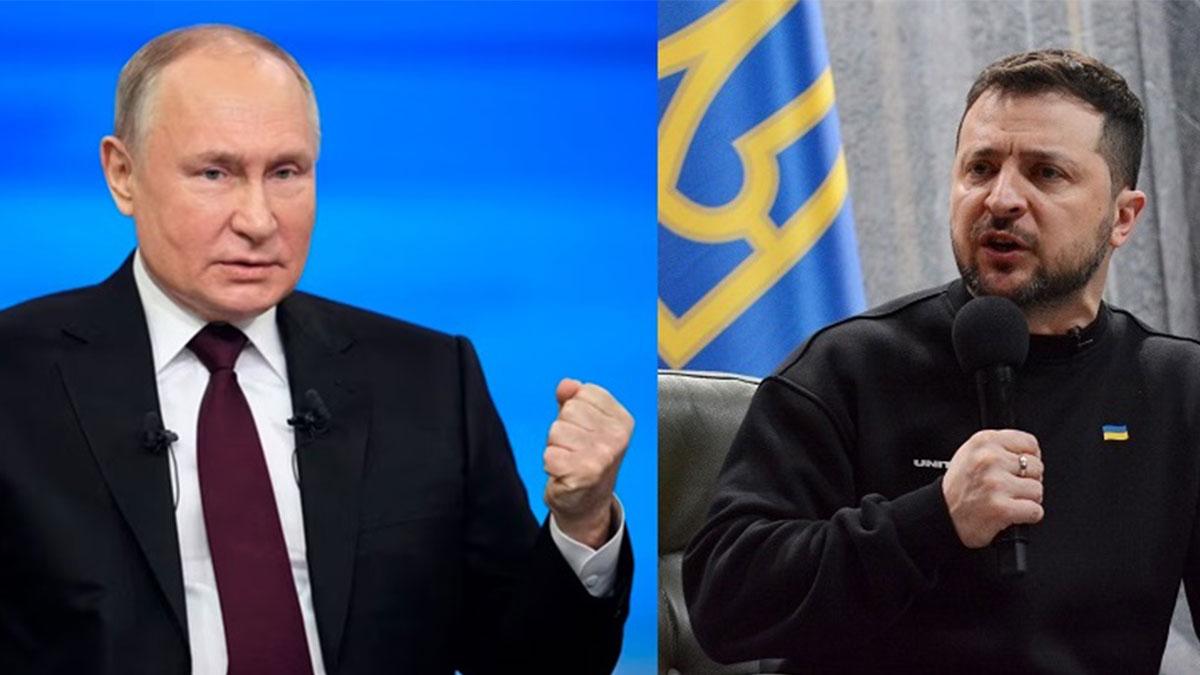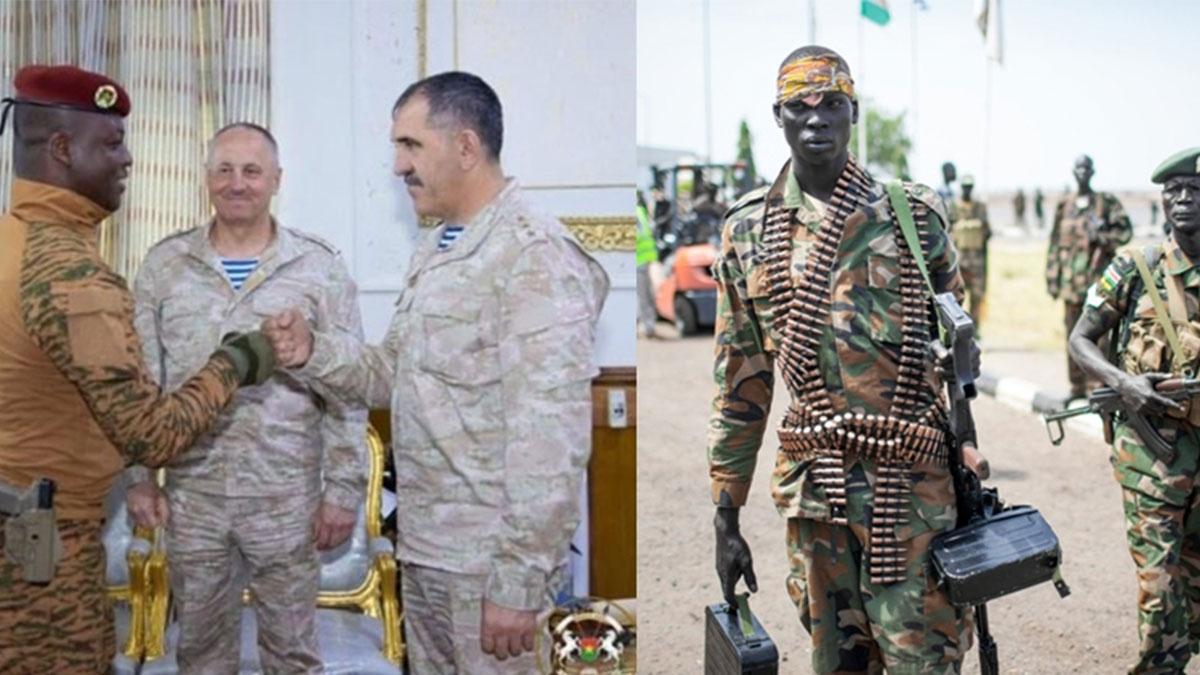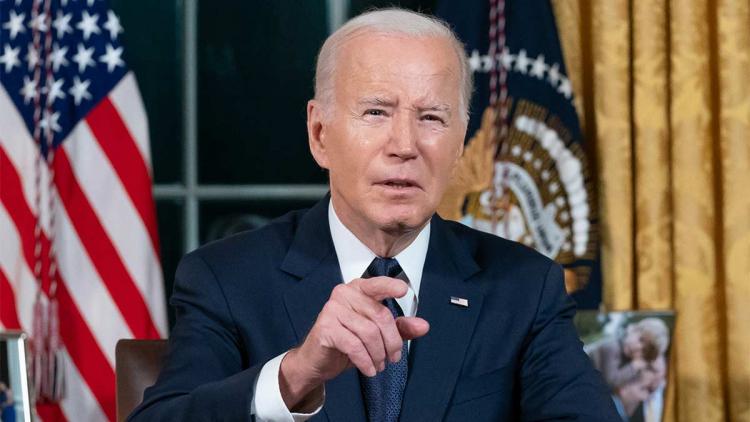According to reports, China recently warned the United States that it will face defeat if the two superpowers go to war. This warning is a testimony to what China thinks about its military might.
The threat to the US has come from China in response to the joint military exercise carried out by the US, Japan, Australia, and France last week amidst tension in the East China Sea. Tension is also mounting in the South China Sea with the Philippines refusing to withdraw vessels from the disputed territory.
China's Maritime Militia are very often a party in these disputes due to its bullying tactics along the maritime boundary with Philippines, Vietnam, and Japan. The People's Armed Forces Maritime Militia (PAFMM) of China owes its origin to the Communist Party's 1950 consolidation of people's militia groups comprising mainly fishermen and coastal workers of China.
The PAFMM have been leading the PRC's bullying in the East and South China Sea from the early 1980s. They threaten the Vietnamese and Filipino fishing ships, which are small, slow, and less robust. The militia threatens these fishing boats with small arms and attacks them with high pressure water cannons, very often sinking them. This is particularly true for Vietnamese fishing vehicles. The Chinese Coast Guards are often seen helping these militia groups in their nefarious activities.
Despite all these activities by PAFMM, the Chinese government headed by Chairman Xi Jingping has never accepted any link between PAFMM and China's military. They claim that they are fishermen. This enables the PRC to deny any involvement of the Chinese government in these scuffles.
The PAFMM do not regularly use firearms or other military weapons so their actions cannot be called an 'act of war' which might trigger retaliation. It may also compel Manila to seek US support under the US-Philippine Mutual Defence Treaty. That is why the US calls PRC's actions 'Grey Zone Operations', which means they are acts of aggression, but fall short of military actions that would risk triggering a military response.
At the time of the real war PAFMM may shift to supporting roles like defensive mining. They did this during the PLA Navy exercise in 2014. They would act as one of the many eyes of the fleet, land militia troops in remote areas or covertly land troops before the actual war starts.
A unit of the People's Armed Forces, PAFMM operates under direct military command for carrying out state-sponsored activities. Although they are locally supported but report to the head of China's military -- Commander-in-Chief Xi Jinping.
The exact number of fishing vessels possessed by PAFMM is not known, but estimates put the figure at around 350, out of which 225 are deployed in the South China Sea. Their vessel hulls are made up of reinforced steel, which are very strong. On the other hand, most of the other fishing vessels in the South China Sea are made of wood or other light materials. The PAFMM vessels are faster, which puts them at an advantageous position in an encounter.
China wants to dominate the South China Sea because that would give Beijing strategic advantage against Taiwan and Japan, before risking a conflict over the Senkaku. Xi always goes for an easy target that he believes can be achieved with minimal risk and costs.
Traditional thought in Chinese military believes in isolating the enemy and establishing an advantageous geo-political and military superiority before engaging in a war. Also, the best leader is the one who achieves 'victory' without fighting. China has secured much of the South China Sea and is using the PAFMM to expand its control without firing a shot. It has worked so far. However, doing that around the Senkaku may prove to be difficult and expensive.
(Commissioned out of the NROTC unit at the University of South Carolina in 1974, Captain Schuster served in a variety of US and international posts both at sea and ashore before his retirement in 1999. He was a qualified Joint Staff Officer, Foreign Area Officer and Strategic Planner at retirement).


















